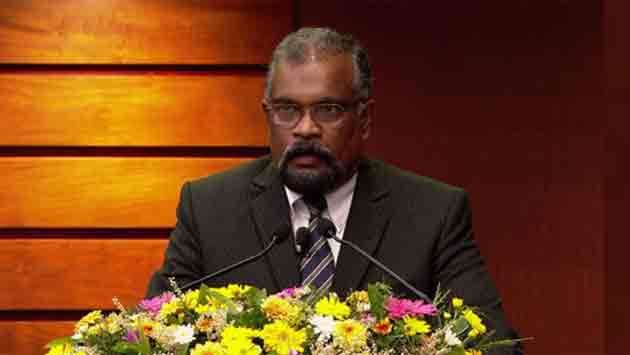Connecticut's Groundbreaking Citizens' Election Program Celebrates 20 Years of Campaign Finance Reform

For two decades, Connecticut has been a national leader in campaign finance reform thanks to the Citizens' Election Program (CEP). This innovative program, celebrating its 20th anniversary, provides public funding for candidates, aiming to level the playing field and reduce the influence of private money in elections. Born out of the shadow of a significant corruption scandal involving former Governor John Rowland, the CEP represents a bold commitment to transparency and accountability in Connecticut politics.
The Genesis of CEP: A Response to Corruption
The late 1990s and early 2000s were a tumultuous time for Connecticut politics. The exposure of then-Governor John Rowland's widespread corruption cast a dark cloud over the state and eroded public trust in government. The scandal highlighted the detrimental impact of large campaign donations and the potential for quid pro quo relationships. In response, Connecticut voters overwhelmingly approved a constitutional amendment in 1998 establishing the Citizens' Election Program.
How the CEP Works: A System of Public Funding
The CEP operates on a matching system. Candidates who qualify can receive public funds to finance their campaigns. To qualify, candidates must meet specific criteria, including gathering a minimum number of small-dollar donations from Connecticut residents, demonstrating broad support, and agreeing to spending limits. The program offers grants for primary and general elections, with matching funds provided for donations under a certain threshold. This encourages grassroots fundraising and reduces reliance on wealthy donors.
Impact and Benefits: A Positive Legacy
Over the past 20 years, the CEP has demonstrably changed the landscape of Connecticut elections. Several studies have shown that the program has led to:
- Increased Candidate Diversity: The CEP has empowered more candidates from diverse backgrounds – including women, people of color, and those without access to traditional fundraising networks – to run for office.
- Reduced Influence of Special Interests: By limiting the role of large donors, the program diminishes the perception that elected officials are beholden to special interests.
- Lower Campaign Costs: Spending limits imposed by the CEP have helped control campaign costs, making elections more accessible to ordinary citizens.
- Higher Voter Turnout: Some research suggests that CEP candidates engage more with their communities, potentially leading to increased voter participation.
Challenges and Future Considerations
While the CEP has been largely successful, it's not without its challenges. Ongoing debates focus on ensuring the program’s long-term sustainability, adapting to evolving campaign finance regulations, and addressing potential loopholes. Discussions about adjusting the matching system and refining eligibility requirements are common.
Looking Ahead: A Model for Other States?
Connecticut’s Citizens' Election Program stands as a testament to the power of campaign finance reform. It offers a compelling model for other states seeking to reduce the influence of money in politics and promote a more democratic and representative government. As it celebrates its 20th anniversary, the CEP continues to be a vital component of Connecticut’s commitment to good governance and a more equitable political system.





